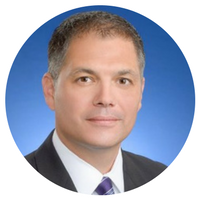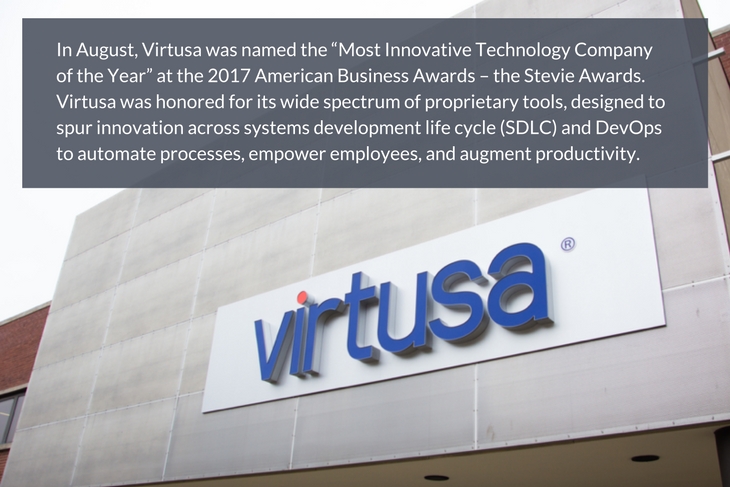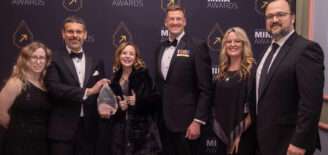Virtusa stakes its claim as the leader in innovation-as-a-service
Technological advances like artificial intelligence, augmented reality, the Internet of Things, serverless and microservices architectures, and even trendy blockchain are changing the way we do business dramatically and forever. The world is smaller and more accessible and the same time more complex with an accelerated pace of change difficult to manage. It’s a daunting task for any business leader to look into the future and steer towards prosperity.
The importance of innovating rapidly to stay ahead of the competition and avoid being left behind is paramount, but not everyone has adequate access to innovation. This is where the digital engineering firm, Virtusa, sees itself in the scheme of things, especially as its innovation-as-a-service offering gains notoriety among the Fortune 500 and other customers small and large across varying industries.
Virtusa, you may recall, existed in Indianapolis as a national go-to IT infrastructure company called Apparatus before being acquired in the spring of 2015, (incidentally, weeks before the company was named Tech Company of the Year at the Mira Awards). Mark Ohrvall, who spent 29 years with Eli Lilly and Company, helms the Virtusa Indianapolis office today as senior vice president, with the backing of Virtusa’s billion dollar global operations and 19,000 worldwide employees.

Mark OhrvallCo-founder & CEO
Among the full breadth of digital services Virtusa provides, it’s innovation-as-a-service that Ohrvall spoke most about during our recent interview. With the success of software-as-a-service, the sharing economy and other disruptive business models, innovation-as-a-service is very enticing as the next new frontier in how business gets done, and Virtusa intends to be synonymous with the name.

From its flexible, customizable facility on North Meridian Street downtown, Virtusa is currently working with like-minded Fortune 500 companies from around the Midwest that are eager to accelerate their innovation velocity and identify new perspectives, new categories of product, and new business ventures altogether. Ohrvall described a typical innovation-as-a-service engagement — if one could be described as typical — as a meeting of the minds lasting 12-15 weeks, including staff from Virtusa and the client all working and collaborating to greater success in dedicated space within Virtusa’s building.
“Our most recent partnerships for innovation-as-a-service look like this.” Ohrvall explained. “You bring your best enterprise architects, and SMEs and we bring our best both locally and from around the world, and we go through a collaborative Design Thinking process to consider the art of the possible and arrive at something new. I don’t believe there is anyone else in Indianapolis or even closeby who is actually providing this level of access to innovation at a global scale.”
Virtusa engagements span all digital capabilities, not only software development, but companies trying to become more agile in the age of AWS, Lyft, SoFi, Airbnb and other disruptors that are seemingly coming out of nowhere and changing the game.
“Major Fortune 500 brands are trying to figure out how to reinvent themselves and they really have to take advantage of a full breadth of digital capabilities — like AI, analytics, devices, automation, blockchain, robots and all realms of software on the front and back ends — and answer the question of how to get closer to their consumers and be agile in the new economy,” Ohrvall said.
The goal with innovation-as-a-service is to rapidly create solutions that meet the clients’ needs, whatever they might be. It means that Virtusa must be (and is) prepared to follow where the disruption and innovation lead through easy access to the needed skills and competencies whether it’s UX design, mobility apps, cloud-based services, any variety of platforms and more.
Innovation-as-a-service engagements are different from the pinpoint solutions the market is familiar with because they cover much more ground and involve many more systems and touchpoints than a typical software development project. For example, as digital assistants like Alexa, Echo and others gain popularity, many brands are searching for ways to integrate them into their products. In partnership with Virtusa, these brands are answering the questions of how to standardize the behind the scenes tech implications, how to scale it, make it mobile, apply analytics, and, of course, understanding the value such an integration brings in the first place.
“For the next generation of IT, homegrown talent is a critical factor, especially here in Indianapolis,” Ohrvall said. “As a local company with very talented people and access to fellow experts from around the world, we’re able to deliver offerings that fulfill that Midwest sensibility of needing to see it and touch it [technology] in a way that no one else in this market can. It’s a real advantage to be able to offer innovation-as-a-service with global reach right here in Indianapolis without our customers having to fly a bunch of people to the East or West Coasts or to another country to innovate.”


